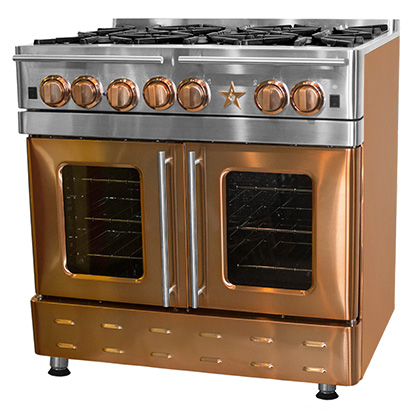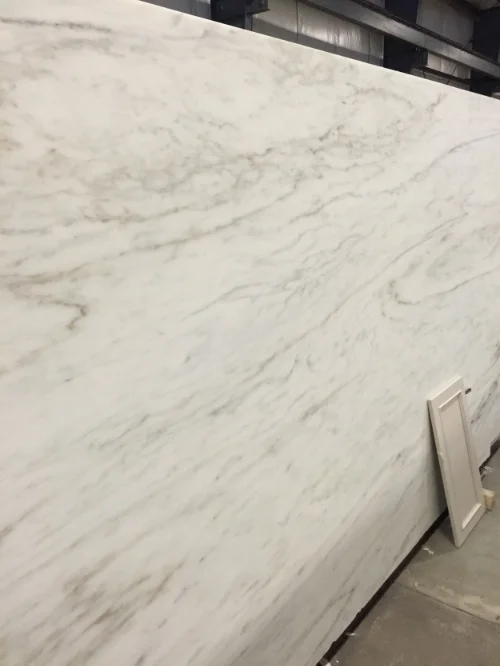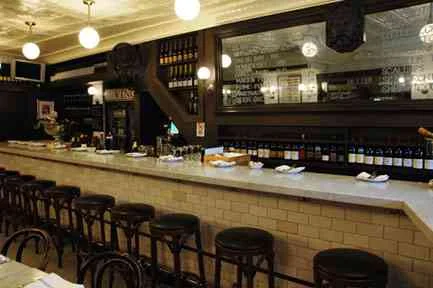Given that the company I work for has a billion and one barstools to offer, you’d think that finding seating for my kitchen would be a breeze. I see gorgeous barstools and counter stools online every. Single. Day.
But no. I had to have the ONE freaking style that isn’t made anywhere but the CZECH REPUBLIC: the Thonet barstool, a design dating back to 1850, which is right around the same time my house was built.
Lots of people make a version of the Thonet chair, in all types of materials and colors. You’ll find aluminum ones, backless ones, brightly colored ones, even updated, low-back versions produced by one of the longstanding, contracted factories for Thonet chairs, Fameg. RH, Crate & Barrel, Ballard, Serena & Lily, and tons of others sell their own versions of these icons.
But for my kitchen, which we’re designing to have this vaguely brasserie-inspired feel, I wanted a counter-height one in a deep coffee stain, with a basic wood seat rather than caning or cushioned upholstery—essentially the chairs I sat on in every bar in Paris. Which brought me to DWR, that mecca of authentic-modern for haughty authentic-modern design lovers.
A fascinating mini-history of Thonet chairs.
After waiting weeks for the Semiannual Sale—hell no, I’m not paying MSRP—I ordered two. And I promptly found myself trapped in counter-stool purgatory, as my two lovely Thonet chairs are currently floating somewhere in the Atlantic en route from the Czech Republic to the good ol’ USA, with no estimated delivery date confirmed. [raises fist at Michael Thonet]
After several calls to DWR, I naturally started searching for alternatives. At least it's something to do while I wait, right? And I stumbled upon the loveliest idea: Upholstered kitchen counter benches.
Source: House Beautiful
Source: The Cross Interior Design
Hey now. I could totally see one of these at my island, which is big enough for precisely 2.5 stools, and imagine myself perched on one with both of my kids (figuring each one counts for .75 people) for quick meals and homework sessions.
Dave is less convinced. “Seems hard to get in and out of,” he mused when I showed him the pics. And while I haven’t yet decided whether to go this route and abandon my bentwood originals, I’m happy to admire the options. Here are some of my faves (I’m especially loving the indigo ikat-dot one.)
1. Marcello counter bench in Ellie Indigo, $724, Ballard Designs. 2. Thibaut barstool in Cambridge Lemongrass, $2,030, South of Market. 3. Mission slipcovered dual-seat counter bench, from $771, Layla Grace. 4. Omaha gray counter bench, Standard Furniture for dealers. 5. Fitzgerald counter bench, from $1,395, Williams-Sonoma Home. 6. Andover upholstered kitchen bench, $290, Wayfair.
What do you think? Would you swap multiple bar or counter seats for a single upholstered piece?
















